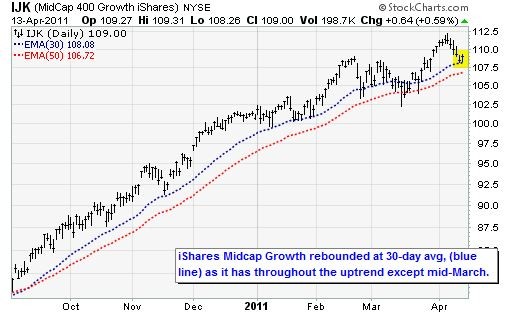Under the Hood iShares Core Portfolio Builders
Post on: 30 Апрель, 2015 No Comment

This post is part of a series called Under the Hood , where l take a detailed look at specific Canadian ETFs or index funds.
The indexes. Both XCR and XGR are actively managed funds that do not track an index.
The cost. The MER of each fund is 0.63%. This is the all-in cost, as the MERs of the underlying funds are waived so investors are not charged twice.
The details. The iShares Core Portfolio Builders are ETF wraps. all-in-one portfolios made up of iShares ETFs in various asset classes: bonds, equities, and commodities. They appear to be designed for investors who like the idea of investing with ETFs, but aren’t comfortable building their own portfolios from scratch.
Although their names suggest quite opposite strategies, both ETFs are extremely bond-heavy: the Conservative version (XCR) currently holds 76% in bonds, 19% in equities, and 5% in commodities. The Growth fund (XGR) is 63% bonds, 26% equities, 9% REITs and 2% commodities.
It’s important to understand that both XCR and XGR are actively managed funds. the building blocks are index-tracking ETFs, but the asset mix is adjusted regularly based on market forecasts. If you’re a believer in the Couch Potato strategy—which is founded on choosing an asset allocation and sticking with it over the long term—this should make you turn and run away.
Indeed, the managers don’t simply make little tweaks: sometimes the moves are huge. At the time of its last quarterly report on December 31, 2009, XCR held a whopping 42% in short Canadian bonds, while today that asset class is only 8.4% the fund. Even more striking is how much both Core Portfolio Builders currently devote to foreign bonds: the single biggest holding in each is a 20% allocation to Treasury Inflation-Protected Securities (TIPS). which are the American equivalent of Canadian real-return bonds. XGR adds another 13% in emerging market bonds, while XCR holds 16% in US corporate bonds.
The US currency is hedged, but it’s still hard to see why a Canadian investor would want so much foreign fixed income. Diversifying internationally is important with equities because our stock market is small and focused on a few sectors, but Canadian investors can do just fine holding only domestic bonds. A smattering of foreign bonds might add some benefit, but more than one-third of the entire portfolio? It’s way too much.
Not surprisingly, the asset allocation decisions for the Core Portfolio Builders are handled in the US, even thought the products are marketed to Canadians. Last month, I criticized BMO’s model ETF portfolios. which are also grossly overweight in US bonds. I’ll make the same comment about these iShares ETFs: the fund managers in New York clearly don’t appreciate why holding so much foreign fixed-income makes no sense for Canadian investors.
The bottom line. The ETF wrap is a good concept, but iShares hasn’t found the formula. The Core Portfolio Builders might be a better choice than run-of-the mill balanced mutual funds, which can carry MERs four times higher. But with an hour of research on this blog, you can build a simpler, cheaper and more appropriate indexed portfolio on your own, even with a small initial investment. The marketplace seems to agree: both Core Portfolio Builders have only a few million dollars in assets and are very thinly traded, which means they have large bid-ask spreads that make them even less attractive.
Disclosure: I do not own XCR or XGR in my own portfolio.














